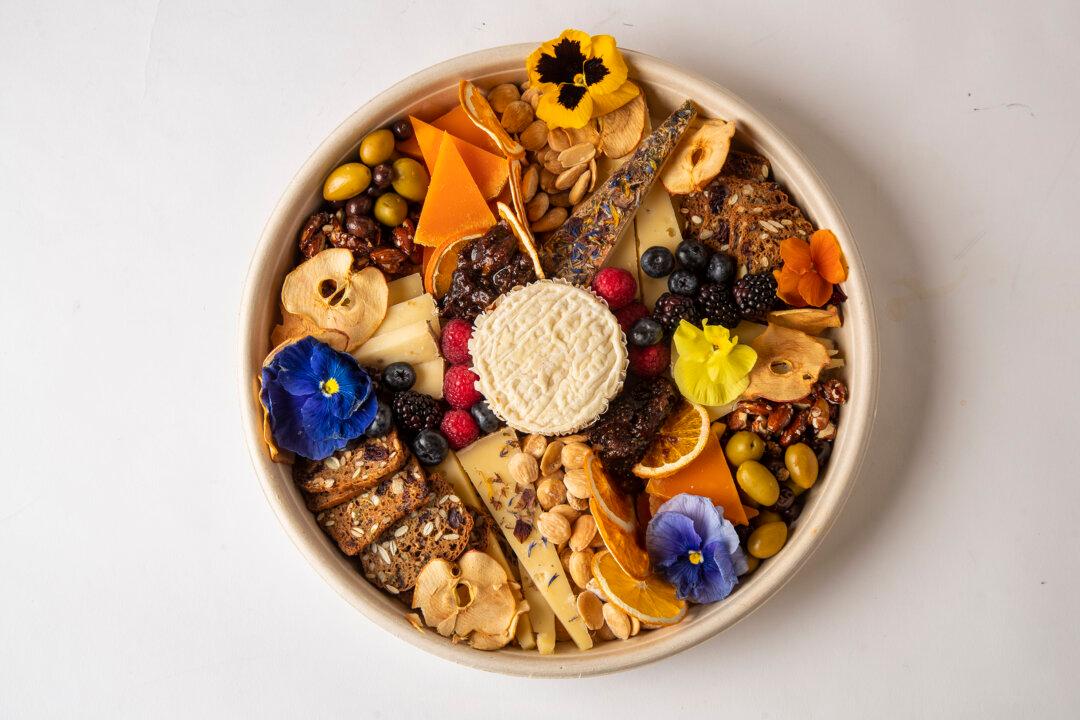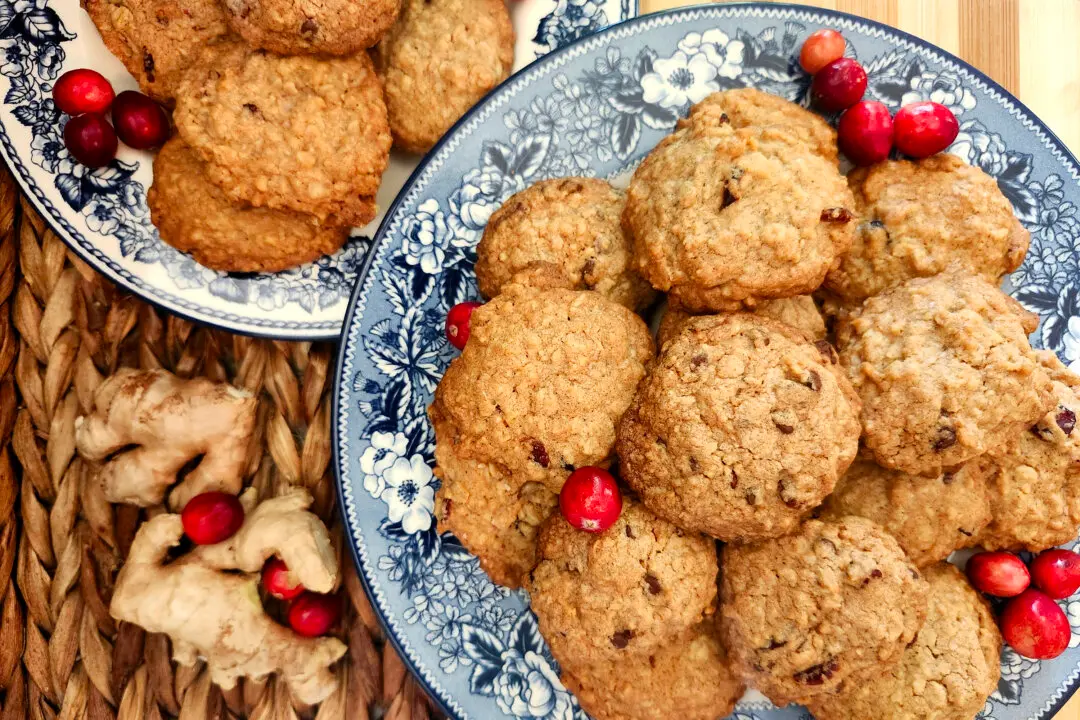But there’s also room in the kitchen for geraniums, daylilies, marigolds, and zinnias. Ditto daisies, orchids, snapdragons, and lilacs. You'll find that some of your garden favorites can pull double duty and turn your summer spreads into works of art.
Use dahlias, impatiens, and geraniums to decorate and flavor cakes. Press marigold petals into pasta, and fresh herbs into biscuits or savory scones. Don’t toss the blooms—those on chives, tarragon, basil, thyme, rosemary, and more are edible and often mimic the herbal flavors.
Before raiding flower beds and herb gardens, educate yourself and use common sense. Gently wash all parts of the flower before using, don’t pluck from unfamiliar sources, and steer clear of pesticides. A word of caution from the University of Minnesota Extension Office: Edible doesn’t always mean palatable. Just because you can eat lavender flowers, doesn’t mean you'll want to.
Copyright 2023 StarTribune. Visit at startribune.com. Distributed by Tribune Content Agency, LLC.
Dear Readers: We would love to hear from you. What topics would you like to read about? Please send your feedback and tips to [email protected].





